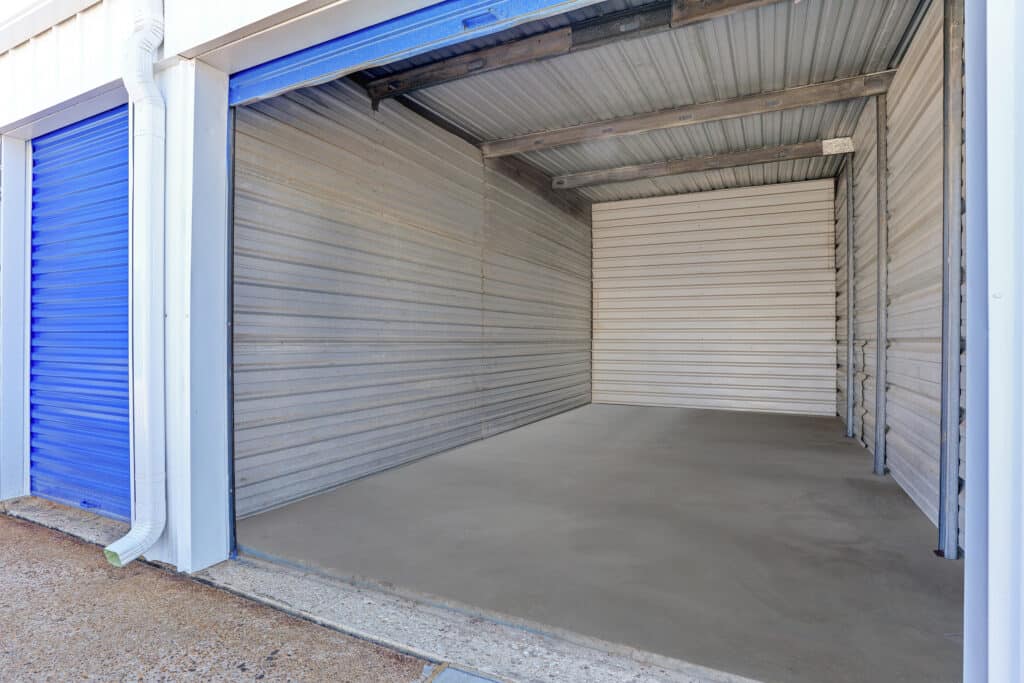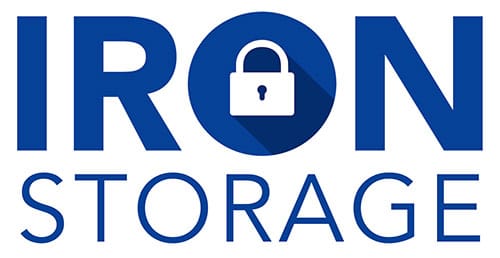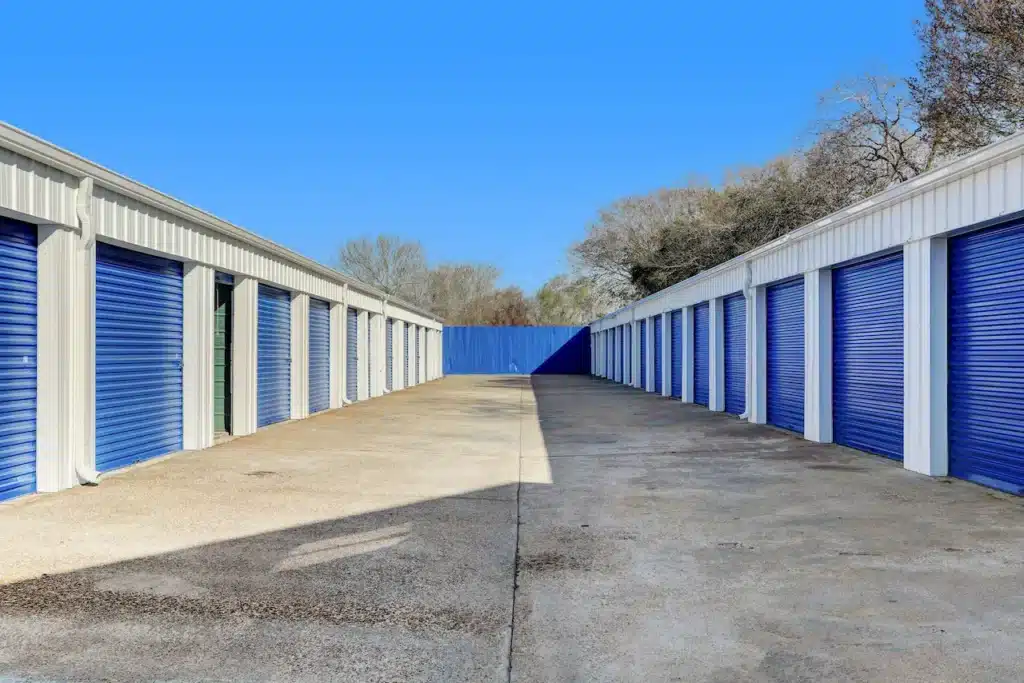Renting a self-storage unit for the first time can be a convenient solution for individuals who need extra space to store their belongings. Whether you are downsizing, moving, or simply need to declutter your current living space, a self-storage unit can provide a secure and accessible storage solution. To ensure a smooth and efficient experience, here are some essential tips for first-time self-storage renters.

-
Determine Your Storage Needs
Before renting a self-storage unit, it’s crucial to assess your storage needs. Take inventory of the items you plan to store and consider the amount of space required. Some items, such as furniture, appliances, or vehicles, may require a larger storage unit, while smaller items can be accommodated in a smaller space. Consider the duration of storage as well, whether short-term or long-term, as this can impact the size and type of unit you choose.
-
Research and Compare Facilities
Take the time to research and compare different self-storage facilities in your area. Look for facilities that offer clean, well-maintained units with adequate security features, such as surveillance cameras, gated access, and on-site staff. Consider the location of the facility and its accessibility, especially if you plan to frequently access your stored items. Additionally, read reviews and seek recommendations from friends or family members who have used self-storage services.
-
Choose the Right Unit Size
Selecting the appropriate unit size is essential to ensure that all of your belongings fit comfortably in the storage space. Many facilities offer a variety of unit sizes, ranging from small lockers to large garage-style units. Avoid renting a unit that is too small, as this may result in overcrowding and difficulty accessing your items. Conversely, a unit that is too large can lead to wasted space and unnecessary costs. Some facilities offer size estimators or provide guidance based on the items you plan to store.
-
Organize and Secure Your Belongings
When preparing your belongings for storage, take time to organize and secure them properly. Utilize sturdy boxes, bins, and packing materials to protect fragile items and prevent damage during transportation and storage. Consider labeling each box with its contents to facilitate easy retrieval when needed. For additional protection, consider using pallets or shelving to keep items off the ground and provide better airflow within the unit.
-
Consider Climate-Controlled Units
Certain items, such as electronics, wooden furniture, documents, and artwork, may require a climate-controlled storage unit to safeguard them from extreme temperatures, humidity, or moisture. Climate-controlled units maintain a consistent environment, protecting sensitive items from potential damage. If you plan to store valuable or temperature-sensitive belongings, invest in a climate-controlled unit for added peace of mind.
-
Review the Rental Agreement and Policies
Before finalizing your rental, thoroughly review the storage facility’s rental agreement and policies. Pay attention to details such as rental rates, payment due dates, access hours, insurance requirements, and any restrictions on items that cannot be stored. Understand the facility’s terms and conditions, including any penalties for late payments, access restrictions, or prohibited activities within the storage premises.
-
Consider Insurance Coverage
While some storage facilities may offer insurance options for stored items, it’s essential to consider whether additional insurance coverage is necessary for your belongings. Check with your homeowner’s or renter’s insurance provider to determine if your policy extends coverage to items stored off-site. If not, inquire about insurance options available through the self-storage facility or seek third-party insurance providers for added protection.
-
Secure Your Unit with a Quality Lock
Invest in a high-quality lock to secure your storage unit and prevent unauthorized access to your belongings. Disc locks, padlocks, or cylinder locks are commonly recommended for self-storage units due to their strength and resistance to tampering. Avoid using flimsy or easily bypassed locks, as they may compromise the security of your stored items.
-
Implement a System for Inventory and Access
Maintaining an organized inventory of your stored items can streamline the retrieval process and help you keep track of your belongings. Consider creating a detailed list or digital record of the items stored within the unit, including their respective locations. Additionally, plan for an efficient access system, such as grouping similar items together or prioritizing frequently accessed items for easy retrieval.
-
Regularly Inspect and Maintain Your Storage Unit
Once your belongings are in storage, periodically inspect the unit to ensure that your items remain in good condition. Address any signs of moisture, pests, or damage promptly to prevent potential issues. Keep the interior of the unit clean and free of clutter to maximize the available space and maintain a pleasant storage environment.
In summary, renting a self-storage unit for the first time can be a practical solution for managing your belongings. By carefully assessing your storage needs, researching facilities, and following these essential tips, you can ensure a successful and hassle-free experience with self-storage. With proper planning and organization, your stored items will remain secure, accessible, and well-protected within your chosen storage unit.
Author
-
Arthur Waldmann is the Marketing Director at Iron Storage and a thorough researcher of the self storage industry. Feel free to send any questions his way.
View all posts








